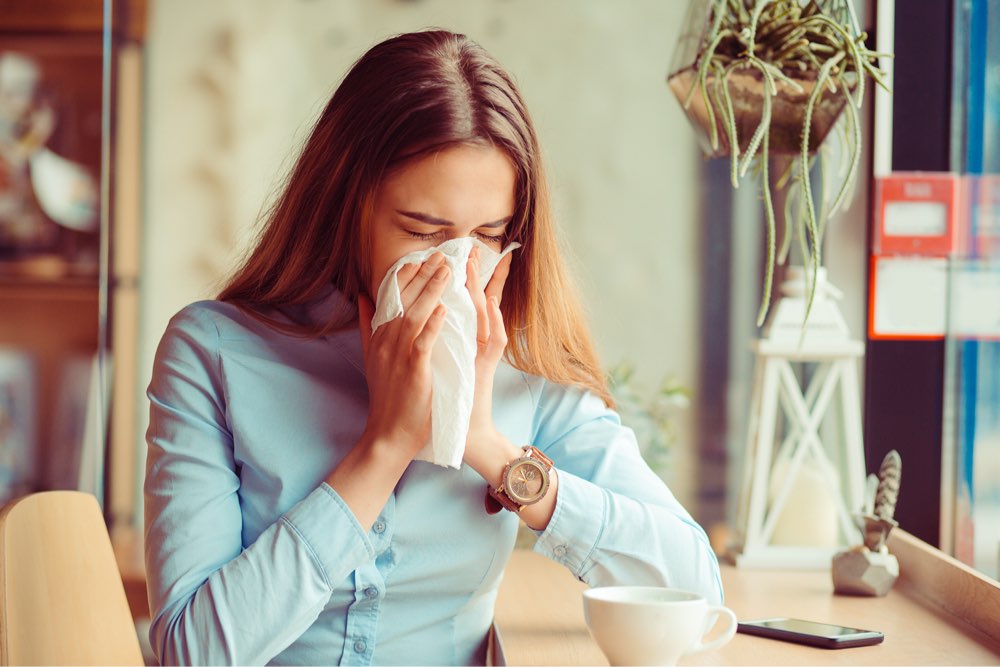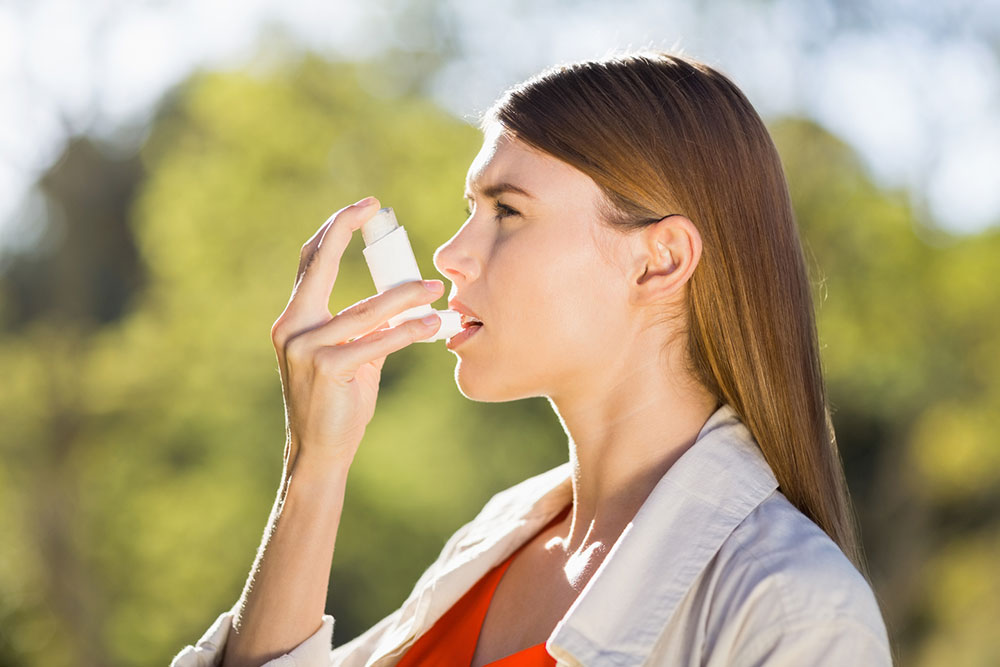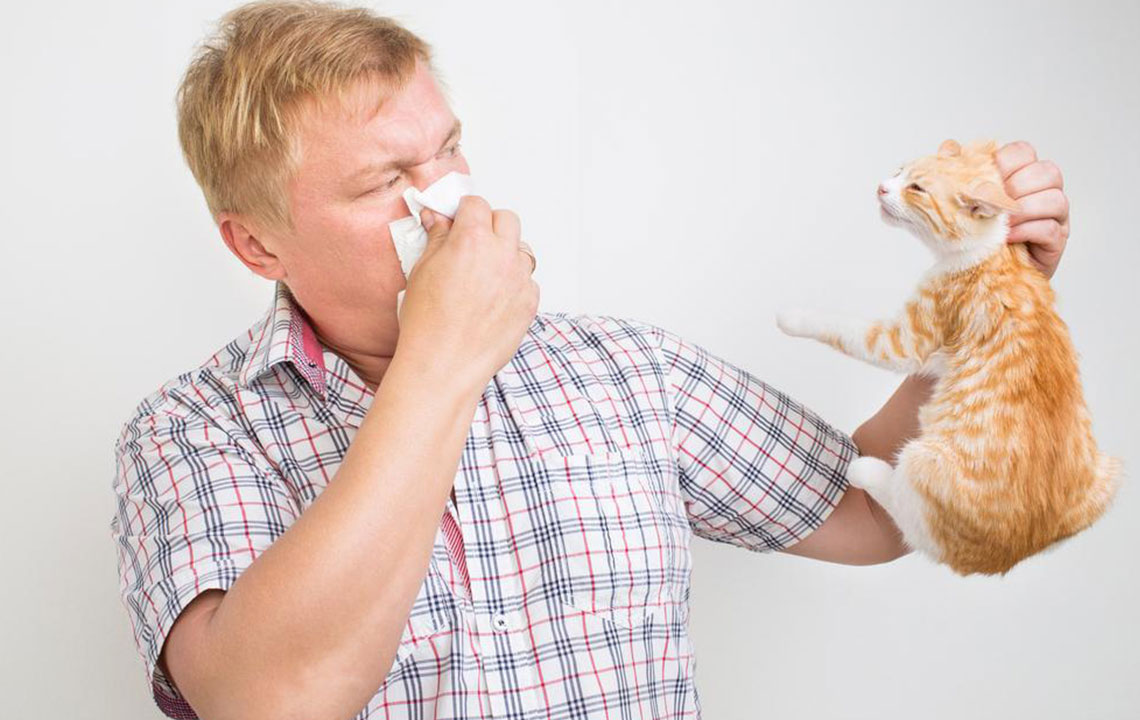Top Causes of Allergies at Night and How to Manage Them
This article highlights common nighttime allergy triggers such as dust mites, pet dander, pollen, mold, and cockroach allergens. It provides practical tips for reducing exposure and managing symptoms effectively, helping sufferers improve their sleep quality and overall health.

Many individuals experience aggravated allergy symptoms during nighttime, especially those with seasonal or environmental sensitivities. Factors such as allergens, living environment, air quality, and climate can influence symptom severity. Recognizing these common triggers is key to effective management.
Dust mites
These tiny creatures inhabit bedding, pillows, curtains, and carpets, thriving in warm, humid spaces. They feed on dead skin and their droppings can lead to sneezing, coughing, and nasal congestion, mainly affecting children. Regularly washing bedding and cleaning furniture can help reduce exposure.
Pet allergens
Pet hair and dander are significant nighttime triggers. Pets sleeping with you in bed can cause wheezing and runny noses. Bathing pets frequently with hypoallergenic shampoo helps lower allergen levels and lessen symptoms.
Pollen
During warmer months, outdoor pollen levels are higher, increasing allergy symptoms. Checking pollen forecasts and changing clothes after outdoor activities, along with showering before bed, can minimize indoor pollen exposure.
Indoor mold
Mold proliferates in humid spots like bathrooms, air vents, and damp fabrics. Using dehumidifiers and cleaning these areas regularly prevent mold growth, reducing allergy incidences during the night.
Cockroach allergens
Infestations of cockroaches release allergens from saliva, feces, and shed body parts, which can trigger allergic reactions and respiratory issues. Ensuring cleanliness, sealing garbage, and avoiding leftover dishes help control infestations and alleviate allergy symptoms.
Note: Our blog offers helpful information across various topics. While based on research, our content should not replace professional advice. We are not responsible for discrepancies or inaccuracies from other sources. Always consult a healthcare provider for personalized guidance.










